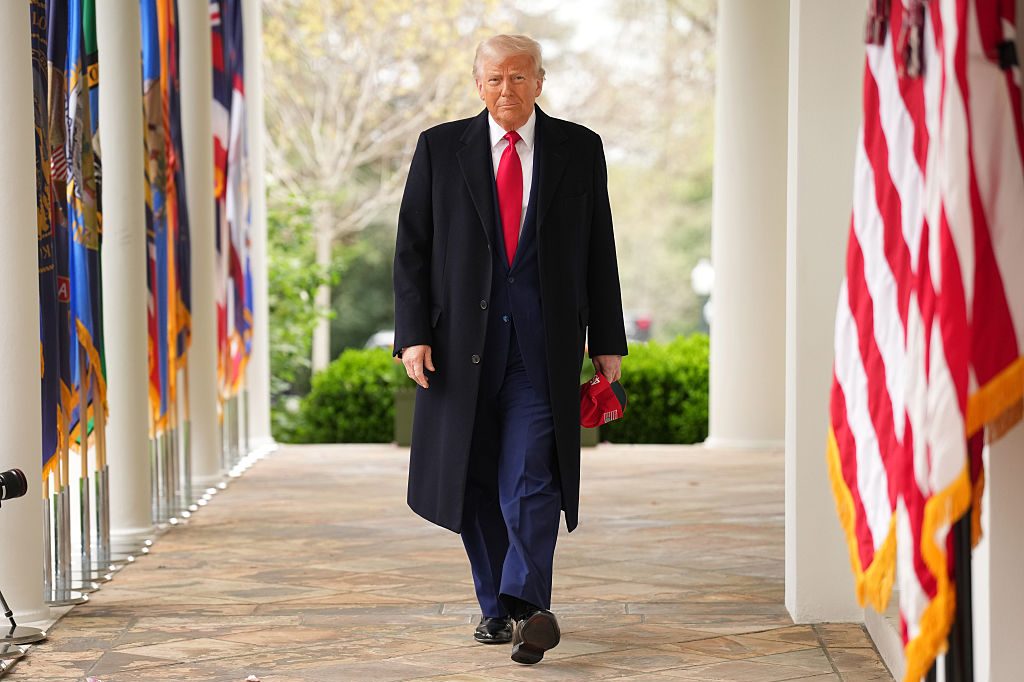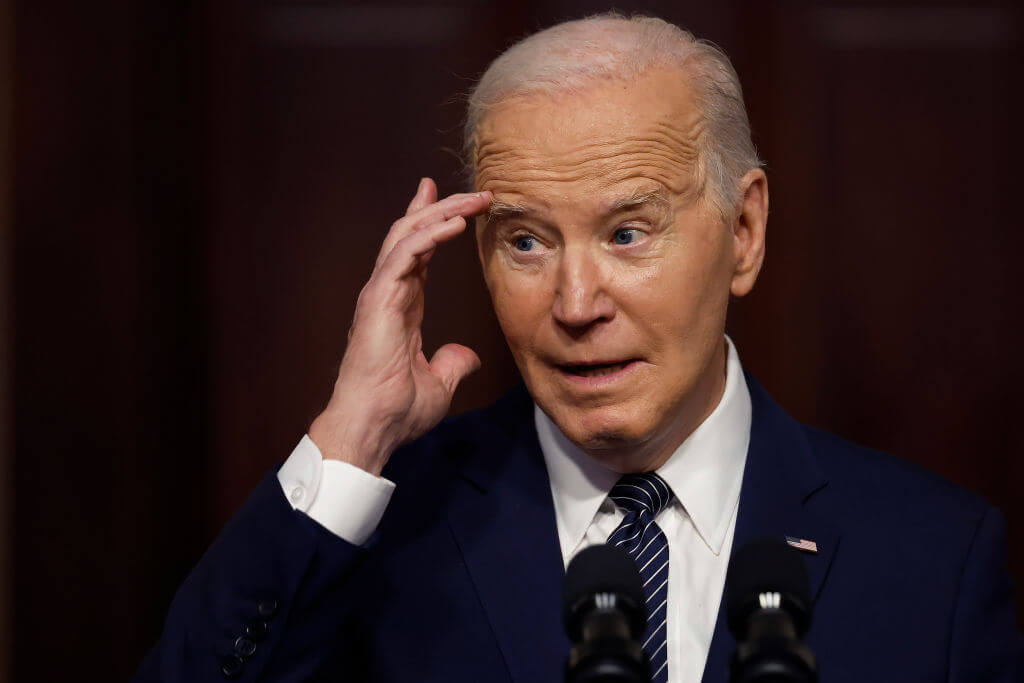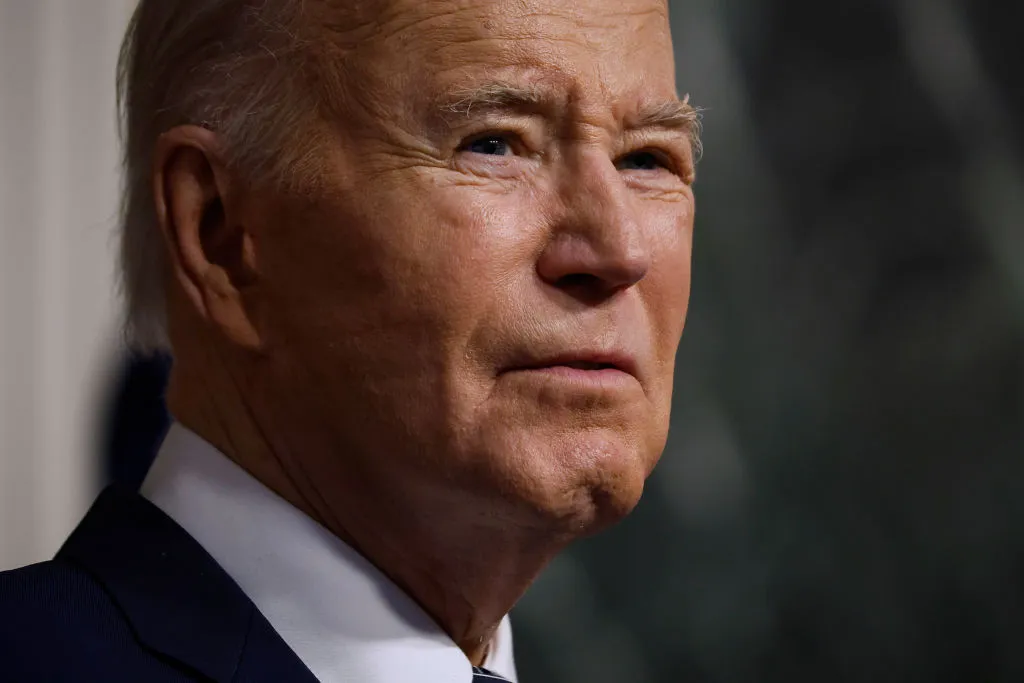Much has been said and written about the Trump administration’s leaked Signal discussion on bombing Houthis in Yemen, most of it forgettable. Virtually all attention has focused on dull questions of competence and whether any heads should roll for communicating sensitive US matters through a private company’s platform, then ineptly letting a reporter in on the chat. The debate is largely news-cycle fodder. The new administration will not succeed or fail based on what phone apps its members use.
Yet the Signal debate has entirely overshadowed what should be a major discussion in its own right. Is the new administration quietly sleepwalking the country back into a costly, dangerous policy of Middle East military meddling?
The Trump movement – and Trump himself – have proudly emphasized a more transactional, realist approach to foreign policy. Yet the approach only goes so far. In the leaked Signal messages, Vice President J.D. Vance questioned his boss’s decision to lob bombs into another pit of Middle Eastern quicksand. Why should Americans shoulder the cost and effort of fighting Houthis, he asked, when European trade is far more reliant on the Suez Canal? No worries, White House deputy chief of staff for policy Stephen Miller assured the team: America would make it clear to “Egypt and Europe” what was expected in return.
But nobody in the administration took the plunge of saying that bombing Yemen was far more in Israel’s interest than America’s – even though in the Signal chat Defense Secretary Pete Hegseth said that if America didn’t bomb the Houthis, Israel would. The question nobody dared ask was: well, why not let Israel do its own military work? Yet a different attitude prevailed, one that would have sounded completely familiar to a Republican in 2004. America had to “look decisive” and “re-establish deterrence.” Such maddeningly vague thinking has caused America to spend trillions and gain precious little in its Middle East interventions over the past two decades. It also risks imperiling Trump’s brand as “the peace president” in his second term.
During his first term, Trump nixed the Iran deal negotiated by Barack Obama, instead adopting his so-called “maximum pressure” campaign against the regime in Tehran. In summer 2019, after Iran shot down an American spy drone, Trump went to the brink of major retaliatory strikes on Iran itself – by his own account, choosing to call off the strikes just ten minutes before they were due to launch. Mere months later, an American bomb blew up Qasem Soleimani, Iran retaliated with missile strikes on US bases and the countries were the closest to war they had been since the 1980s.
The painful and embarrassing withdrawal from Afghanistan at the beginning of the Biden administration and the fall of Bashar al-Assad in Syria at its end handed Trump an excellent excuse to wash his hands of the Middle East and pull back. Yet now, while America distracts itself with debates over smartphone security, Trump’s team is back where it was in 2019: escalating with a nation that, rationally, it has little reason at all to fight. Does anybody even clearly know what America’s goal is regarding Iran? Is it an end to their nuclear program, which has been “six months from an atomic bomb” for 30 years at this point? Is it women in blue jeans and tank tops in the streets of Tehran?
If there were ever a time since World War Two that America could ill afford a large war, it is now. Weapons stockpiles decades in the making have been expended supporting Ukraine. The country is attempting a pivot to contain a China that is stronger than ever. Domestically, Elon Musk has been leading a radical cut in government headcount while Hegseth aspires to effect radical changes in military policy. The deficit has grown to the point of crisis. Trump has started a trade war with most of Planet Earth in a bid to reshore manufacturing, but this will take years to pay off if it ever does.
Why throw Iran into the mix as well? The answer may be right there in the leaked Signal chats, with National Security Advisor Mike Waltz’s response to the completion of the Houthi strikes: a triad of emojis showing a fist, an American flag and a flame.
From domestic politics to trade to war and peace, it’s a safe bet that the strategy Trump employs could be abbreviated to fist-flag-fire: be bold, be assertive, be maximally aggressive – be “based,” as the President’s more online fans would say. It can be seen in the sweeping waves of DoGE personnel cuts. It can be seen in the administration’s “Liberation Day” tariff rollout: why impose tariffs on two or three rival nations when America can impose them on everyone, everywhere, all at once?
A fist-flag-fire attitude has upsides. It made Trump bold enough to secure the US-Mexico border in a matter of days. It may be the only way that his trade strategy can hope to work. The Trump tariffs included, intriguingly, a 17 percent one on Israel (compared to just 10 percent for Iran), so nobody could accuse the administration of giving its biggest strategic ally in the Middle East a trade pass. But America’s power is not infinite, nor even as high as it was eight years ago. America will struggle to win the fights that it intentionally picks. What will happen if the Trump administration stumbles into a war it wasn’t planning on?
This article was originally published in The Spectator’s May 2025 World edition.


























Leave a Reply